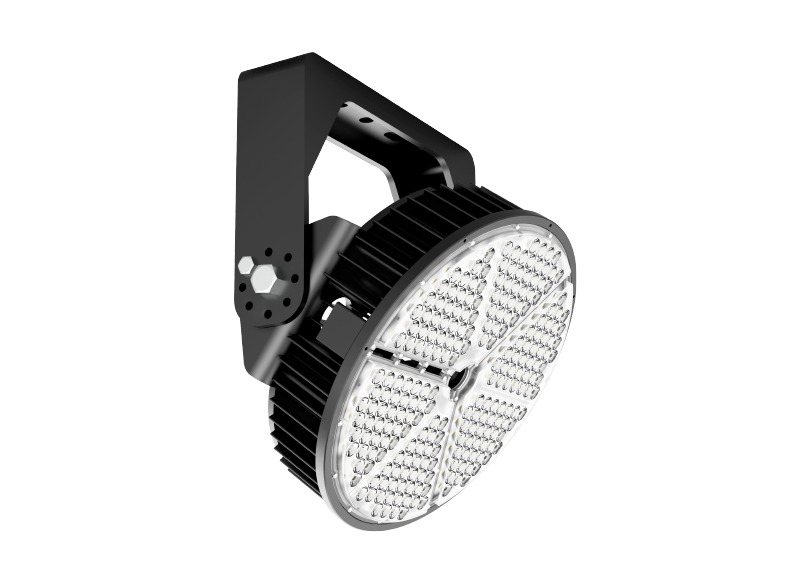Bridge Lighting
Bridge LED lighting refers to the use of energy-efficient light-emitting diodes (LEDs) to illuminate bridges. LED lighting systems offer numerous benefits over traditional lighting technologies, including reduced energy consumption, longer lifespan, and lower maintenance costs. LED lights also provide brighter and more uniform lighting, enhancing visibility and safety for drivers and pedestrians alike.
The use of LED lighting on bridges is based on several factors, including energy efficiency, maintenance costs, and safety. According to a report by the U.S. Department of Transportation, LED lighting can reduce energy consumption by up to 80% compared to traditional lighting technologies. This translates to significant cost savings for bridge owners and operators over the lifetime of the lighting system.
In addition, LED lights have a longer lifespan than traditional lights, which reduces maintenance costs and minimizes the need for frequent bulb replacements. This is especially important for bridges, which are often located in difficult-to-reach areas.
Another important factor is safety. LED lights provide brighter and more uniform lighting, which improves visibility and reduces the risk of accidents on the bridge. According to the Illuminating Engineering Society, LED lighting can increase visual acuity and reaction time, improving safety for both drivers and pedestrians.
Overall, the data shows that LED lighting is a cost-effective and sustainable solution for illuminating bridges, offering significant energy savings, lower maintenance costs, and improved safety for bridge users.




